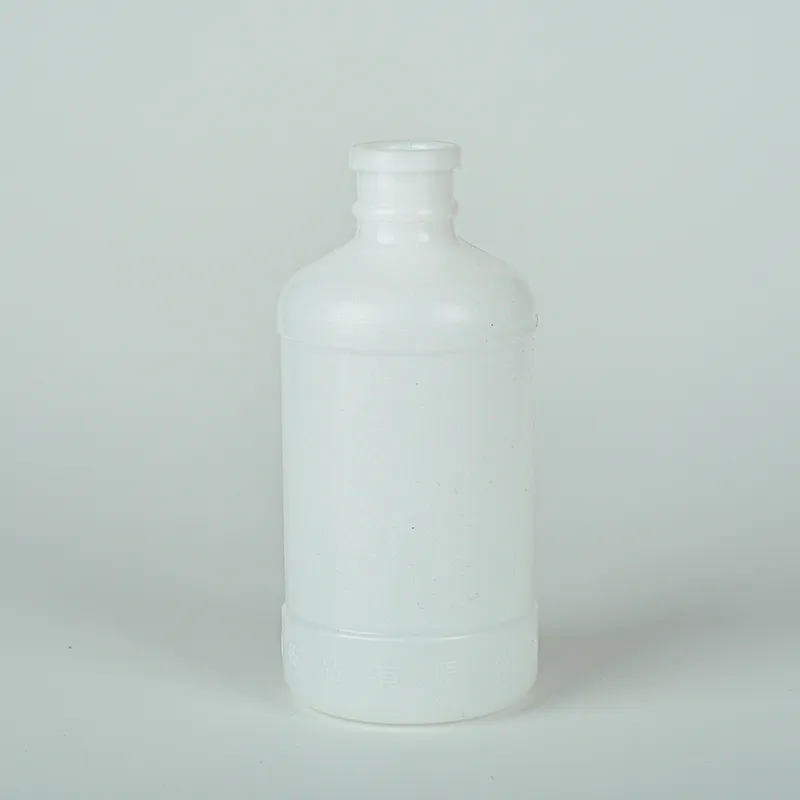blood sample tube colors
Understanding Blood Sample Tube Colors and Their Significance
When it comes to the field of laboratory medicine, the color of blood sample tubes plays a vital role in the testing process. Each type of colored tube is designed to serve a specific purpose, from the type of tests performed to the additives contained within the tube. Understanding these colors and their meanings is essential for healthcare professionals and can significantly affect patient outcomes.
The Color Code System
Blood sample tubes typically come in several colors, each indicating different additives or the absence thereof
. Here’s a breakdown of the most common tube colors and what they signify1. Red Tubes Primarily used for serology tests, red tubes usually contain no additives. They are often utilized for the collection of serum, which is the liquid part of the blood obtained after clotting. A common application for red-top tubes is in blood tests that measure various biomarkers, including hormones and antibodies.
2. Lavender or Purple Tubes These tubes contain EDTA (ethylenediaminetetraacetic acid), an anticoagulant that prevents clotting of the sample. They are predominantly used in complete blood counts (CBC) and tests for blood type and crossmatch. The lavender tube helps maintain the integrity of the cellular components in the blood, making it critical for hematological analyses.
3. Blue Tubes Blue tubes contain sodium citrate, which is another anticoagulant. They are primarily used for coagulation studies, such as PT (Prothrombin Time) and aPTT (Activated Partial Thromboplastin Time) tests. Proper filling of blue tubes is crucial since the ratio of blood to anticoagulant must be accurate to ensure reliable test results.
blood sample tube colors

4. Green Tubes These tubes contain heparin, which is also an anticoagulant. Green-top tubes are commonly used for tests that require plasma, such as certain chemistry panels. There are variations of green tubes based on the type of heparin used, including lithium heparin or sodium heparin, tailored to specific tests.
5. Gray Tubes Gray tubes often contain potassium oxalate and sodium fluoride, which act as both an anticoagulant and a preservative. These tubes are typically used for glucose testing and lactic acid measurements, as the additives help stabilize the samples for accurate results.
6. Yellow Tubes Yellow tubes may contain either citrate-dextrose or a separation gel. They are often used for blood cultures and some immunology tests. The citrate-dextrose helps preserve the blood sample while allowing for bacterial growth in the culture tests.
Importance of Correct Usage
Using the correct blood sample tube is paramount to ensure that laboratory tests yield accurate and reliable results. Failure to use the appropriate tube can lead to erroneous results, which in turn can affect treatment decisions and patient care. For example, using a lavender tube when a blue tube is required may result in false coagulation results, which could be critical in managing a patient’s health.
Conclusion
In the fast-paced world of healthcare, being informed about the different types of blood sample tubes and their respective colors is crucial for all professionals involved in blood collection and testing. Knowledge of these distinctions not only enhances the efficiency of laboratory processes but also plays a significant role in ensuring patient safety and the accuracy of clinical diagnoses. Understanding blood sample tube colors is a key element in the broader field of laboratory medicine, reinforcing the idea that even small details can have substantial impacts on healthcare outcomes. Therefore, next time a blood sample is collected, remember the significance behind each colored tube and its role in the patient’s journey towards health.
-
Aesthetic Makeup Spray Bottles | Fine Mist Empty RefillableNewsAug.19,2025
-
White Plastic Veterinary Vaccine Vials | Lab Liquid BottlesNewsAug.18,2025
-
Plastic Medicine Liquid Bottle: Secure Flip Top Drug VialsNewsAug.17,2025
-
Durable 250ml Blue Plastic Vaccine Vial for Lab & Vet UseNewsAug.16,2025
-
Sterile Virus Sample Tubes: Secure & Reliable Specimen CollectionNewsAug.15,2025
-
White 250ml Plastic Vaccine Vial for Lab & Vet MedicineNewsAug.14,2025
























